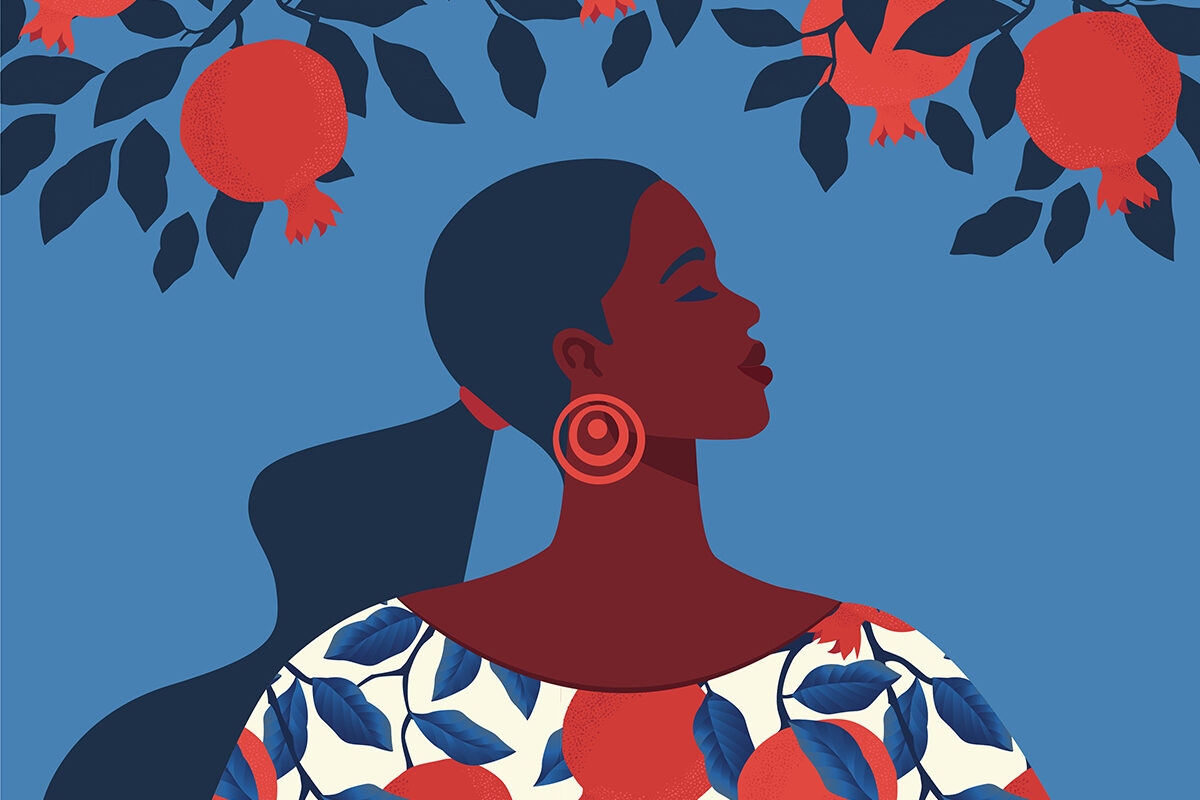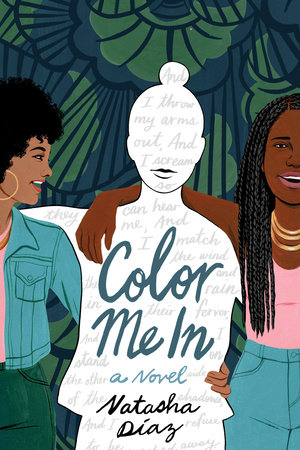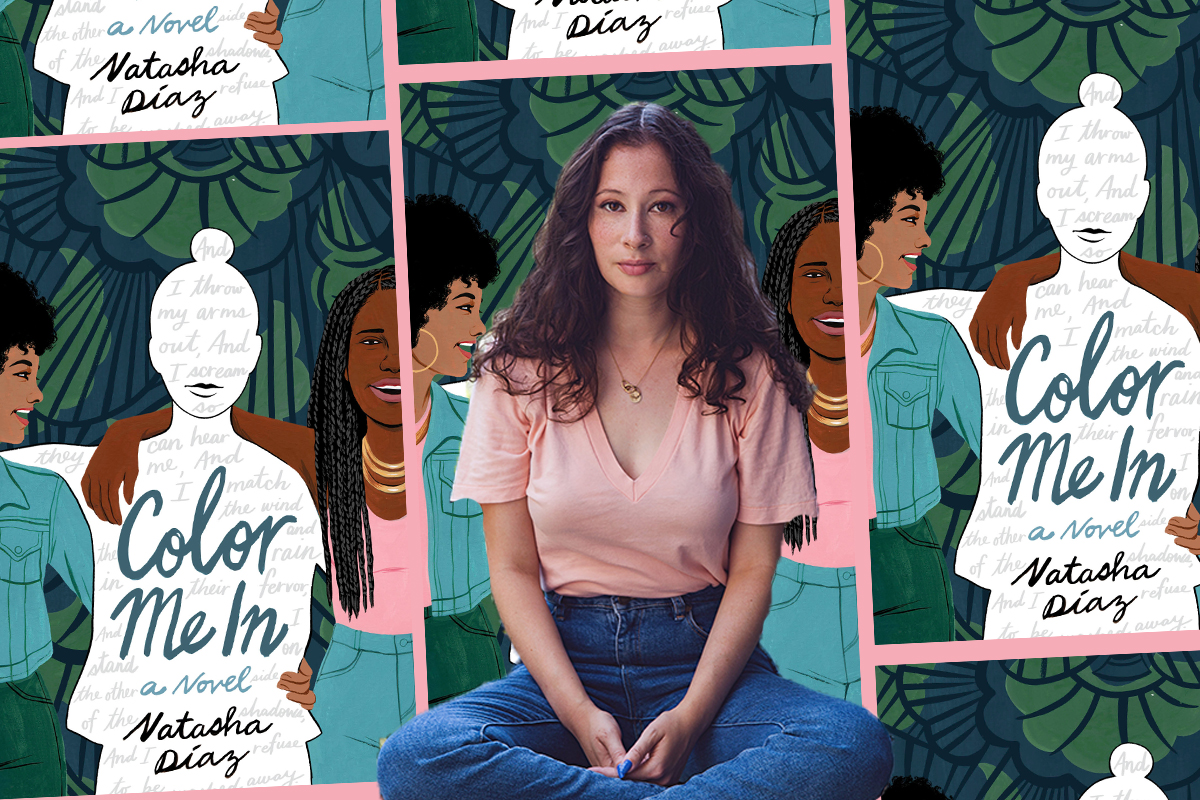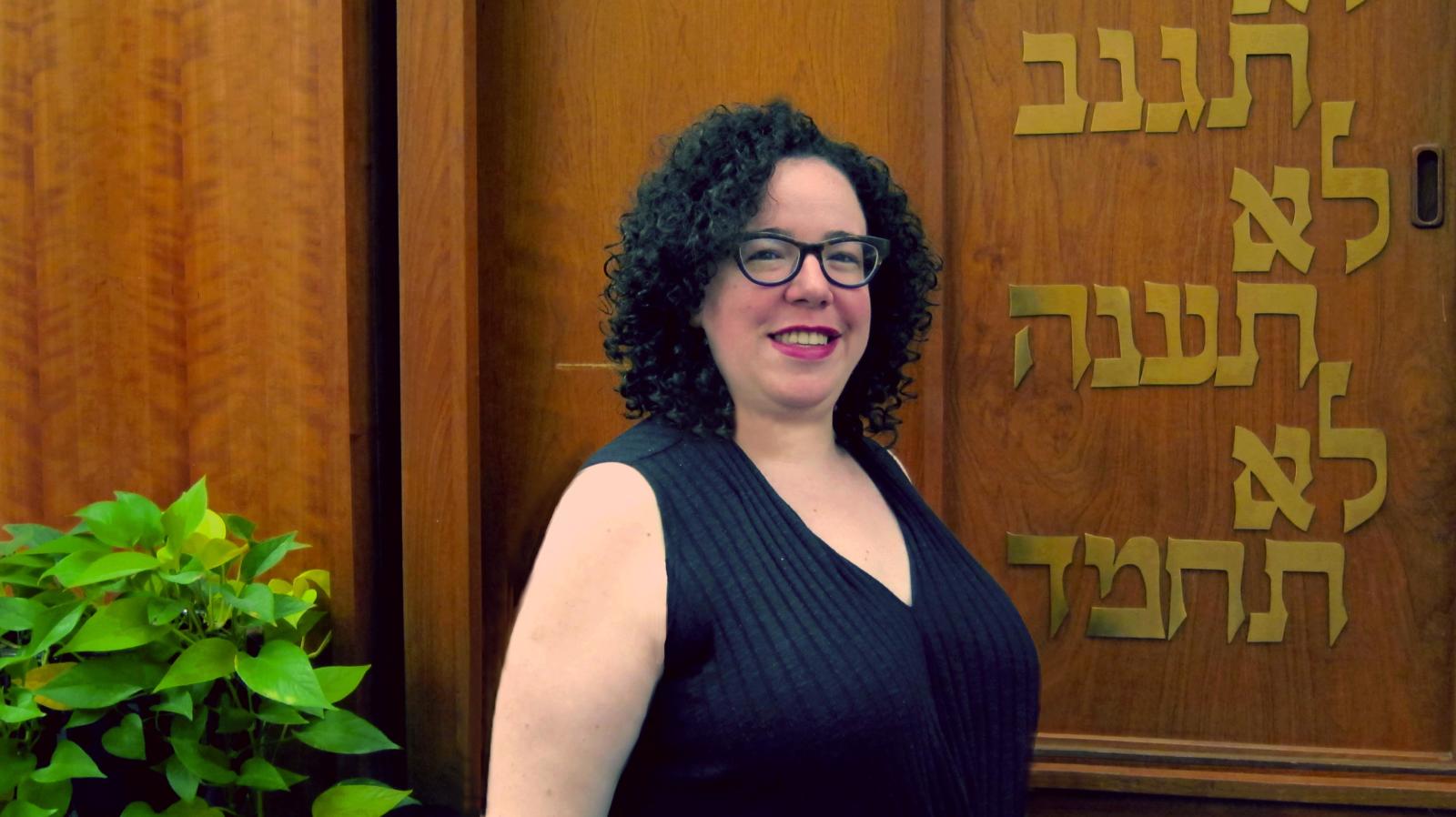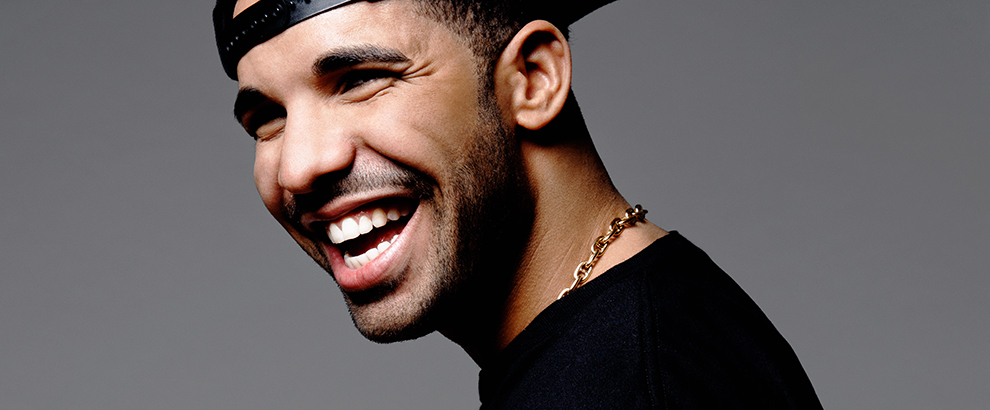Between Two WorldsPosted in Articles, Autobiography, Biography, Canada, Judaism, Media Archive, Religion, United States on 2020-07-06 21:01Z by Steven |
Toronto Life
2018-05-22
I grew up in subsidized housing with my mom, and spent weekends with my wealthy grandparents at their Bridle Path mansion. If I wanted to be loved, I’d have to learn to live two lives
My mother, Jean Walker, was the 13th of 15 children, born in 1949 to a church-going black family on a farm in Ohio. The house had only two bedrooms, so her parents slept on a pull-out bed on the porch in the summer and in the living room in winter. Her seven brothers slept in one bedroom, while the eight sisters shared the other. They attended a small school where the white kids sat up front and the black students at the back, separated by a row of empty desks. When she wasn’t studying, she did chores around the farm. The girls planted the vegetable gardens with corn and green beans, churned butter, did laundry, and took care of the younger children. The boys helped with the heavy work and looked after the animals. “With 14 siblings,” my mother used to say, “you’d better get to the table quick, or you weren’t going to eat that day.” There was never enough food or money to go around, but the family didn’t feel poor. Everyone around them was in the same situation.
Jean was a sensitive girl who used to lie in the fields and watch the clouds scuttle by. Her parents were always quick with a whipping, and the casual violence wore on her soul. She found a cubbyhole in the back of a closet, where she’d hide out and devour books by the light of a bare bulb. Desperate to get away from her chaotic, rural home life, she worked tirelessly in high school to earn a scholarship to Antioch in Yellow Springs, Ohio, a liberal arts college and one of the first post-secondary schools to integrate. As a nascent feminist, she was drawn to Antioch’s progressive vibe. In 1971, she enrolled in women’s studies and journalism…
Read the entire article here.


